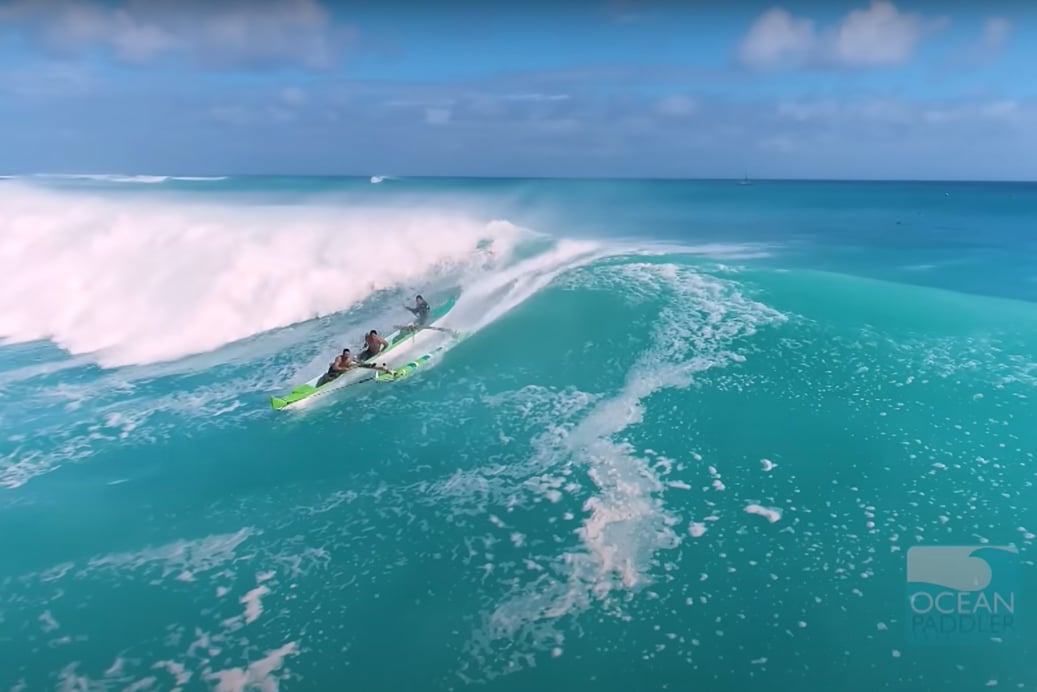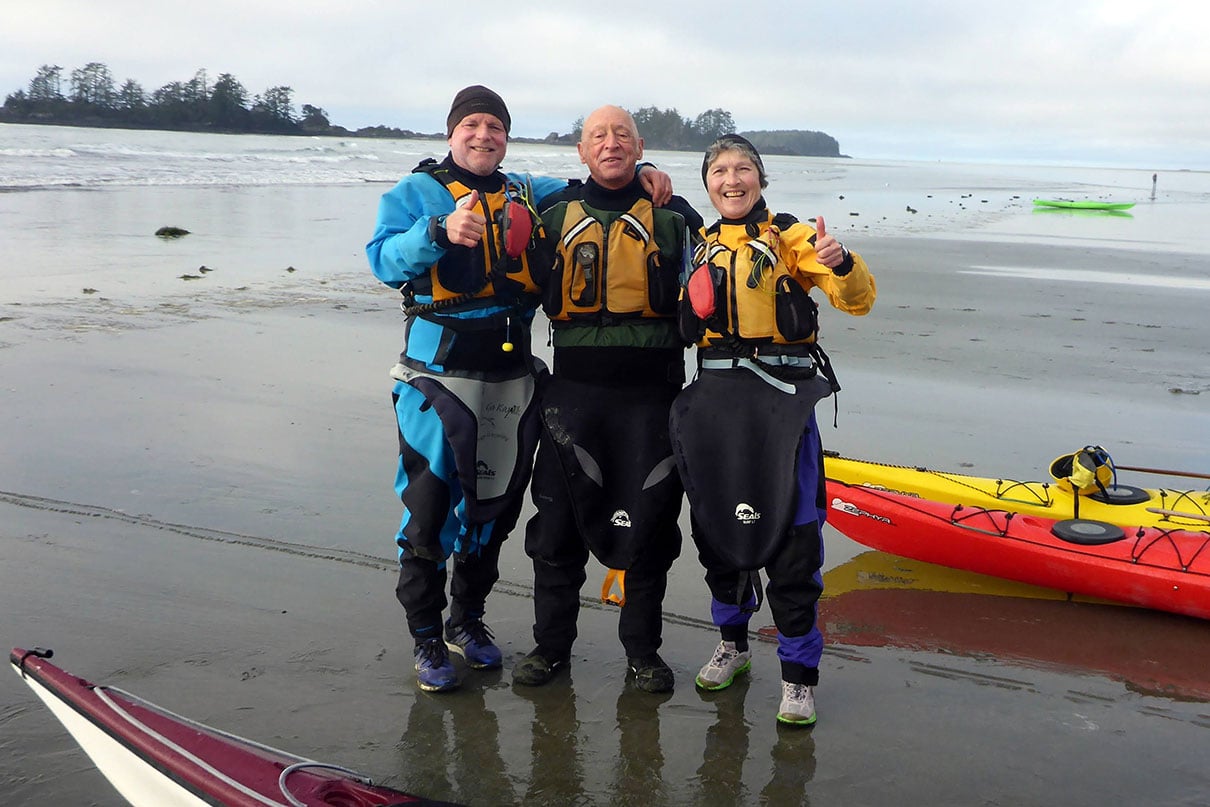Early December 2024, outrigger canoe surfers gathered at Castles in Waikiki to catch the biggest swell in decades with waves towering over 30 ft (9 m).
“It’s probably once a 30, 40-year swell,” said Jimmy Austin, a canoe surfer in a video on Ocean Paddle TV. “I don’t think I’ve ever actually seen waves this big in Waikiki.”
Castles is one of the best big wave surf spots on the Hawaiian South Shore. Manned by three to four surfers, the outrigger canoe is paddled similarly to a typical canoe but includes an outrigger on one side for additional stability in big water.
“There’s two types of people; ones that drop everything when it’s 10 ft and ones that always have excuses,” Alika Winter, a canoe surfer, shared in the video.
History of the outrigger canoe
The outrigger canoe is designed for both stability and efficiency on open water with an outrigger (ama) as a secondary floating hull parallel to the main canoe hull (vaka or wa’a). Traditionally, the canoe body is carved from a Koa tree and shaped to cut cleanly through the water, while the outrigger provides additional stability.
Outrigger canoes are related to the traditional voyaging canoe used by Polynesian mariners to travel between the islands in the Pacific. Traditional Polynesian voyaging canoes were much larger than the outrigger canoe. A 50-60 ft (15-18 m) boat was considered medium-sized and capable of transporting whole families and their belongings across oceans. The voyaging canoe is essentially two canoe hulls connected by crossbeams with a central platform over the crossbeams, similar to a catamaran. These boats were equipped with sails and steered by a long paddle. Traditional voyaging canoes were used to travel and migrate between different islands in Polynesia.

It is estimated based on ethnobotanical evidence that the first voyaging canoes, and with them soon after the smaller outrigger canoe, reached the Hawaiian Islands by 400 CE or earlier. For context, European sailors did not reach the Pacific Ocean until the 16th century at which point most of the islands in Polynesia had been settled for hundreds of years.
“While Europeans were sailing close to the coastlines of continents before developing navigational instruments that would allow them to venture onto the open ocean, voyagers from Fiji, Tonga, and Samoa began to settle islands in an ocean area of over 10 million square miles,” Dennis Kawaharada explained in The Discovery and Settlement of Polynesia.
The outrigger canoe today
Closer to the present, the Outrigger Canoe Club was started in 1908. Shortly thereafter, the Hui Nalu (Club of the Waves) was started as a similar club for Native Hawaiians by Duke Kahanamouko. Kahanamouko was not only the founder of Hui Nalu but also a proud member of the Outrigger Canoe Club according to Hawaiian Paddlesports; the two clubs began a friendly competition.
Today, outrigger canoe enthusiasts gather to race, play, and celebrate the legacy of the outrigger canoe in the Hawaiian Islands. Oh, and occasionally they get lucky and catch a 30 ft (9 m) wave.





Thank you so very much for sharing this. It’s so beautiful. I only wish I was there to witness this fun swell with you all… Aloha , and Merry Christmas to you!!!✌️